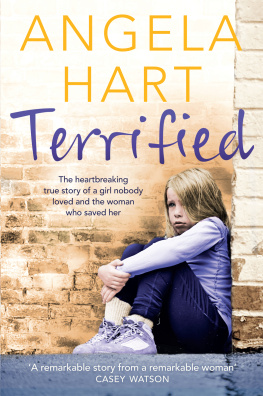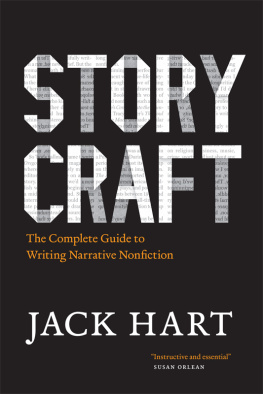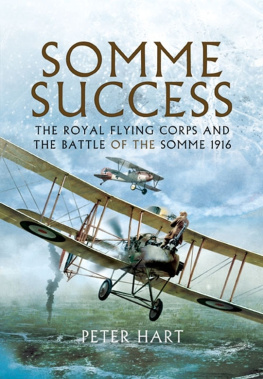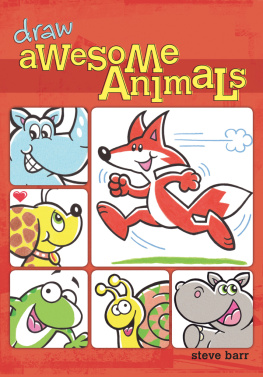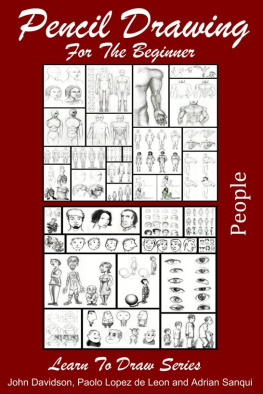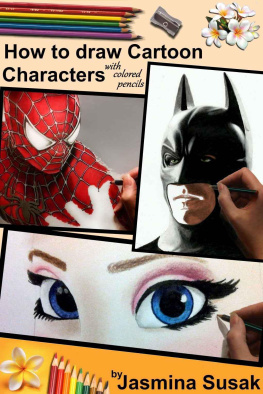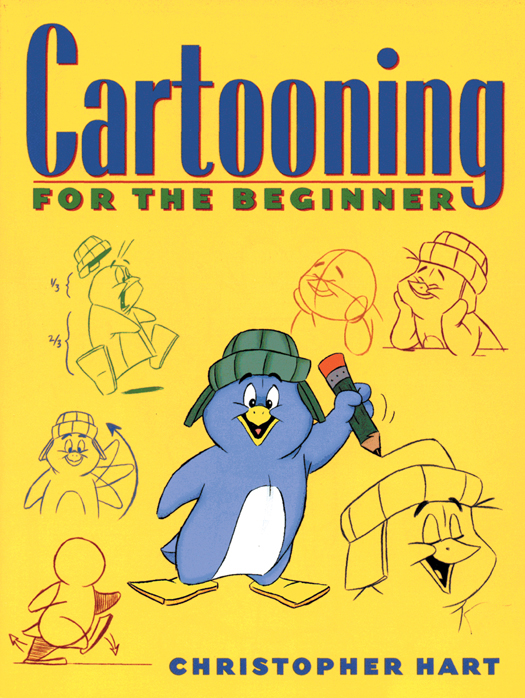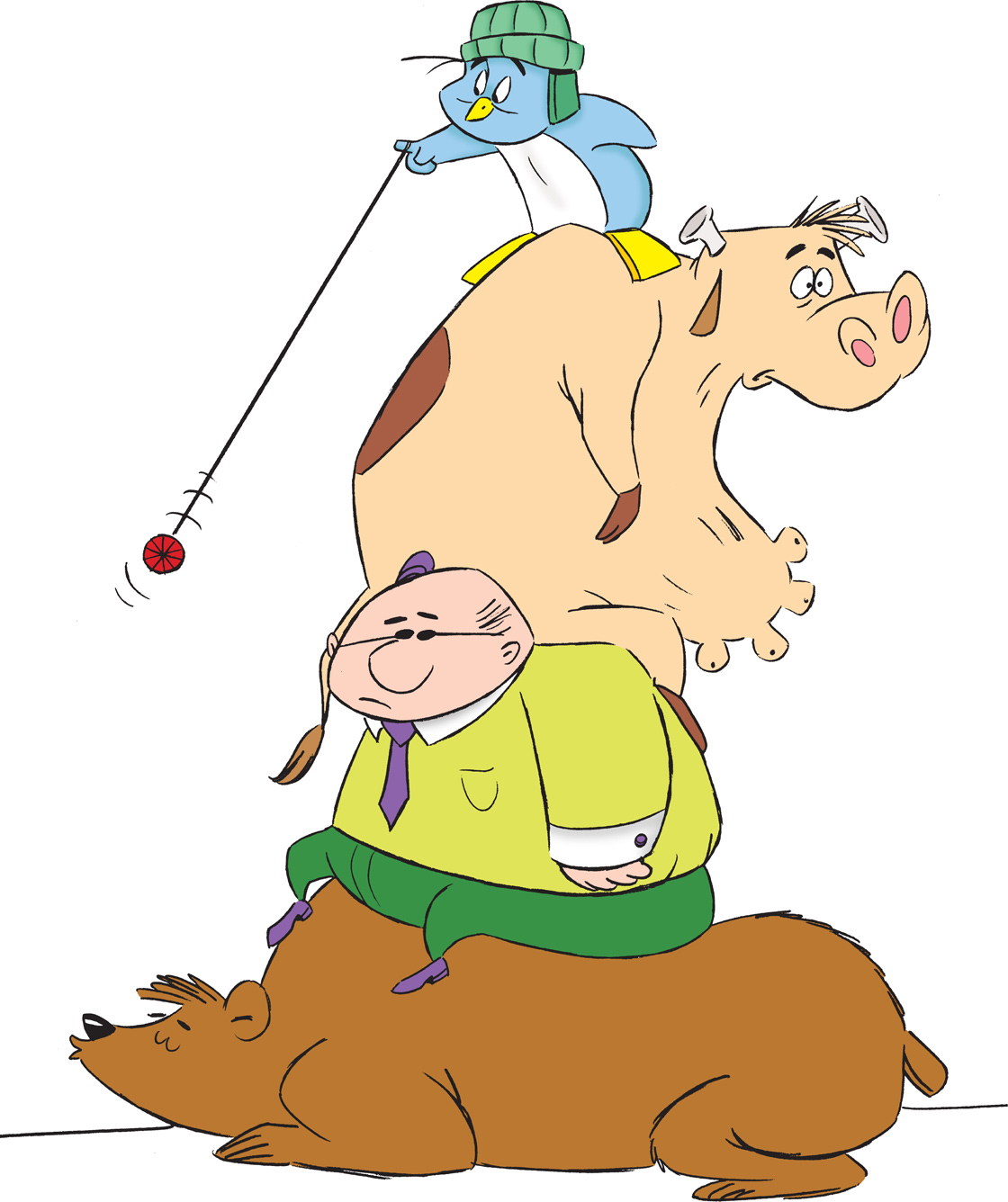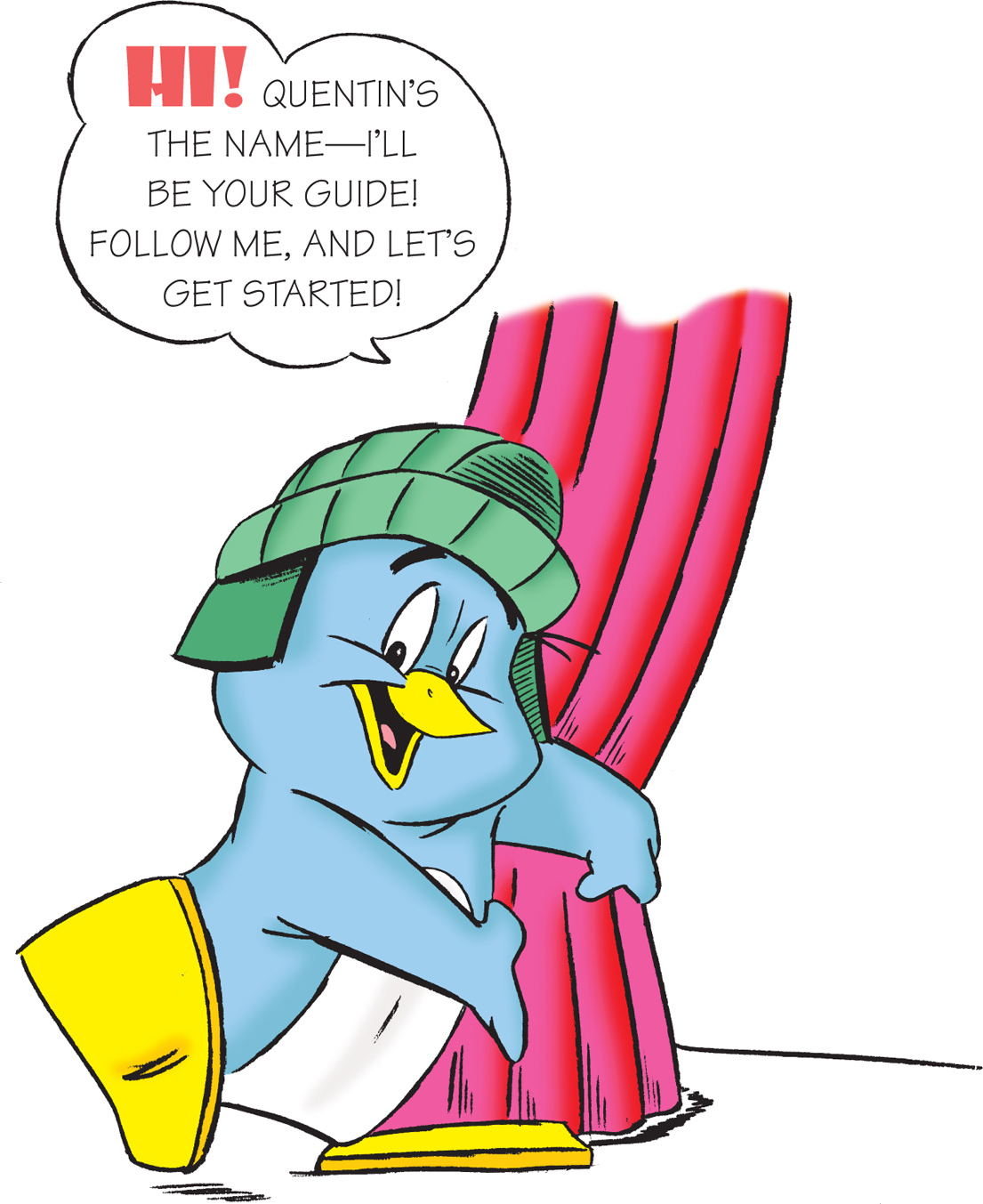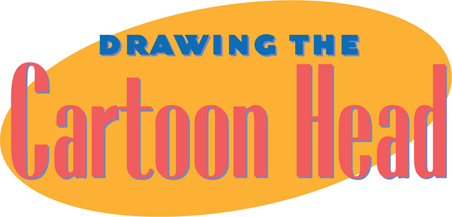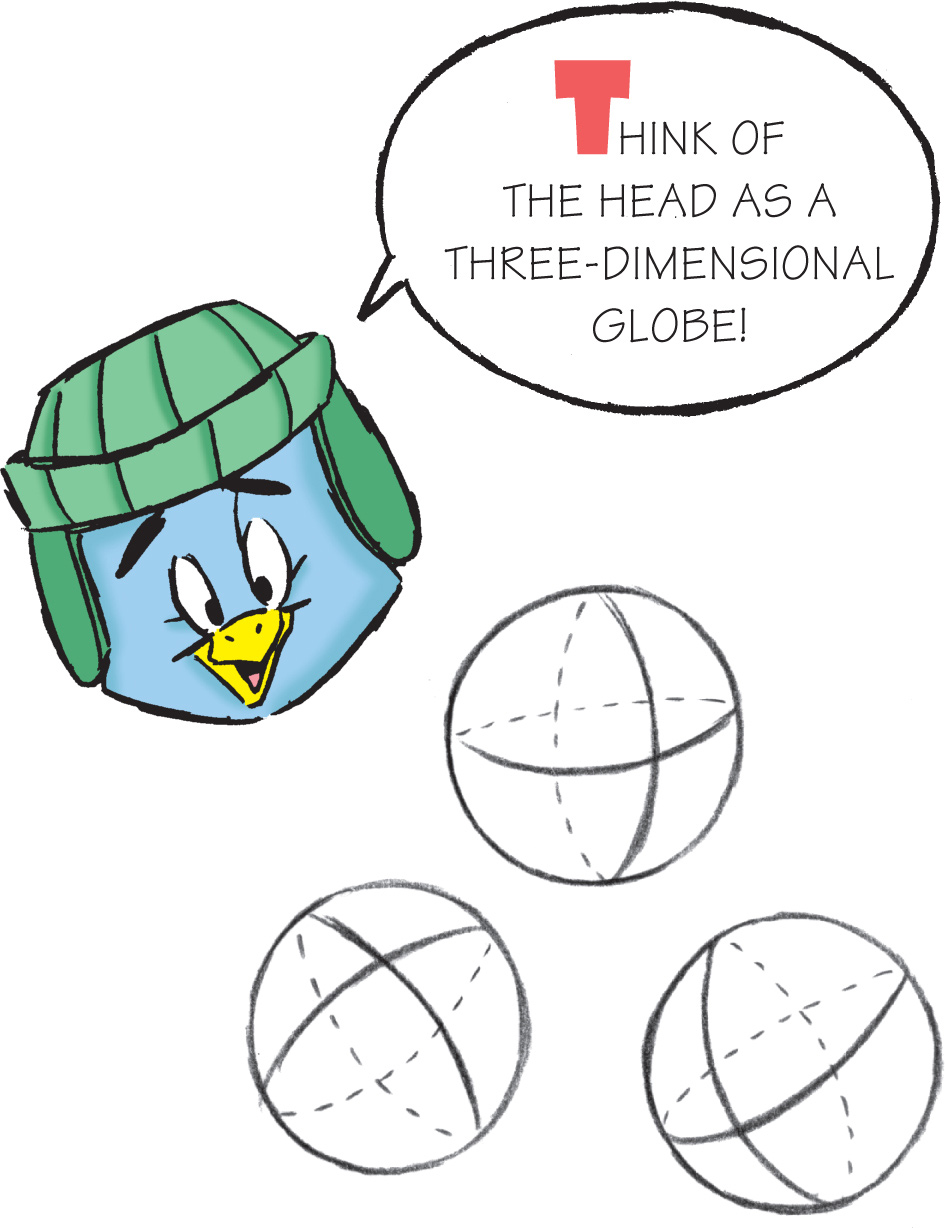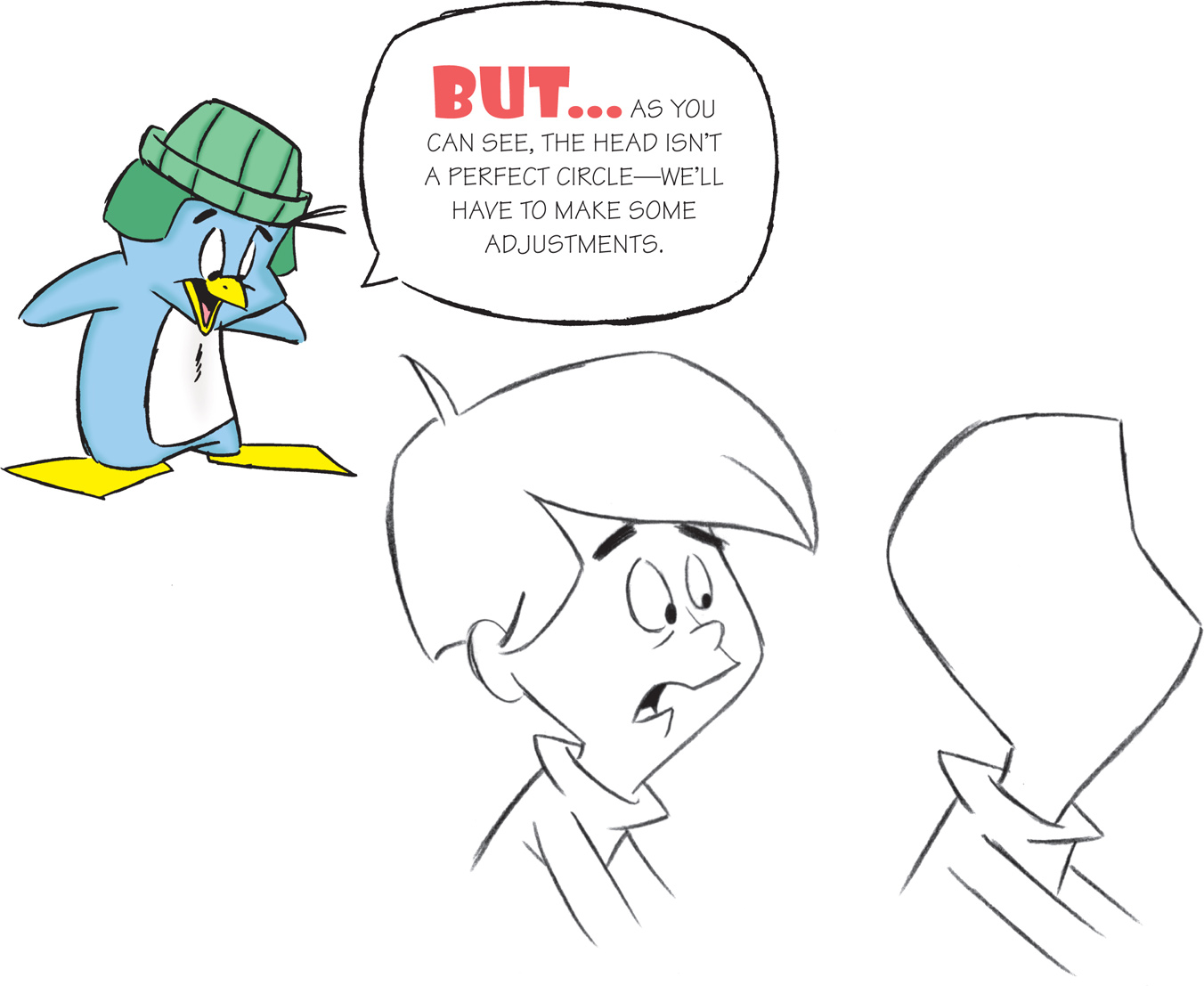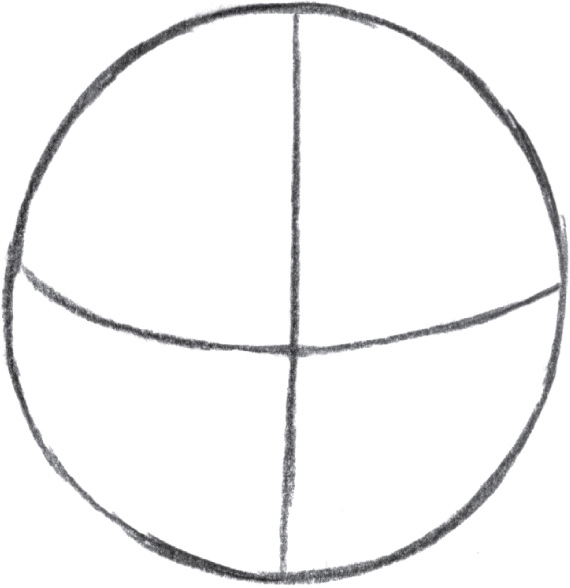Senior Editor: Candace Raney
Project Editor: Sarah Fass
Designer: Bob Fillie, Graphiti Design, Inc.
Production Manager: Hector Campbell
Cover design by Michelle Gengaro
Text and illustrations copyright 2000 by Christopher Hart
First published in 2000 by Watson-Guptill Publications, Crown Publishing Group, a division of Random House Inc., New York
www.crownpublishing.com
www.watsonguptill.com
Library of Congress Card Number: 00101905
eBook ISBN: 978-0-7704-3477-9
Trade Paperback: 978-0-8230-0586-4
All rights reserved.
v3.1
For my grandfather, Abe Shorin,
a wonderful grandparent,
a wise and gentle teacher.
W elcome! If youve ever wanted to draw cartoons, or if youve ever dreamed of being a cartoonist, then you have just lucked out big-time . This is the blueprint, the road map, the mother lode.
This book is for the aspiring cartoonist with little or no prior experience, as well as for those who find themselves stuck in an artistic rut. All the basics will be covered in step-by-step illustrations. It is my belief that you cannot read yourself into drawing better, so every page in this book is packed with visual examples.
You may be starting off as a beginner, but if you follow my instructions and practice the techniques I show you, you wont end up as one! By the middle of this book, youll be producing intermediate drawings, and by the end, youll be tackling some exciting, cutting edge concepts in cartooning.
Cartooning for the Beginner features many styles. Youll learn traditional cartooning, how to draw weird and edgy cartoons that are on the vanguard of todays animated TV shows, and even how to draw the realistic-style cartoon characters used in blockbuster animated movies.
In addition to chapters on the basics, like how to draw cartoon heads and bodies, Ive included many sections on topics you wont find anywhere else. For example, theres a chapter on the ten most common mistakes made by beginning cartoonists and how to avoid them, as well as a chapter covering the basics of film animation. The book ends with a section of questions and answers for those considering a career in cartooning.
Since your author is not a two-dimensional cartoon character, I thought Id send a little friend to help demonstrate the keys to cartooning to you. Hes a little penguin who has been making himself quite comfortable in my imagination lately. But Ill let him introduce himself
W ell begin with the head because its the part of the body thats the most fun to draw. When you start with the head, you get to create a character right away. Then we can start to work on other things, like facial expressions, the body, motion, and backgrounds.
When drawing the head, remember to think of it as a three-dimensional object with roundness and depth. Just because youre drawing on flat paper doesnt mean your drawing has to look flat!
Quentins right. The head is a bit more complex than a simple circle or a globebut not that much more complex. Well make it simple and easy to do. Come on, lets keep going!
STRETCHING THE GLOBE TO FIND THE CORRECT HEAD SHAPE
Everything in cartoons is rubbery, including the head. So, lets start with our basic globe, and stretch it into the best basic shape for the basic cartoon head. Here we go!
Start with a basic globe .
Lengthen it .
Widen it out at the bottom to create fat cheeks


